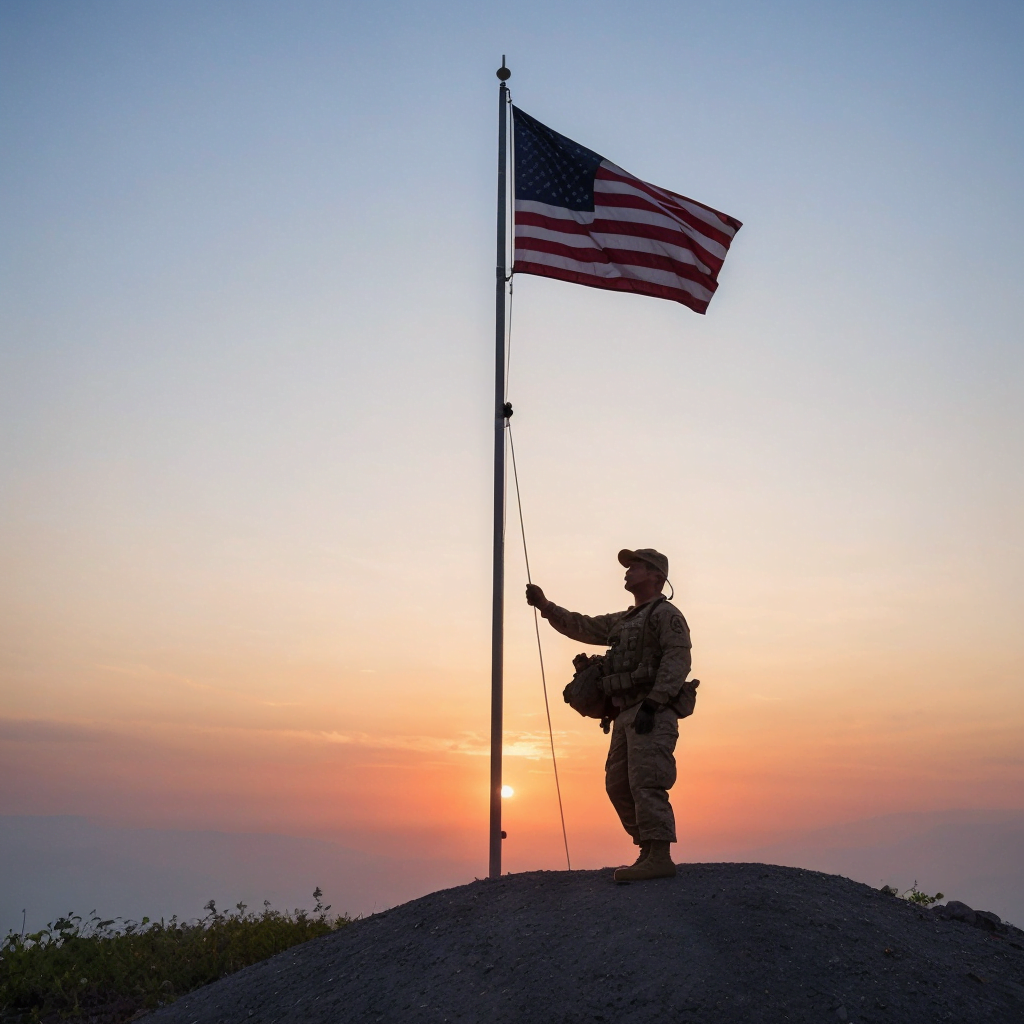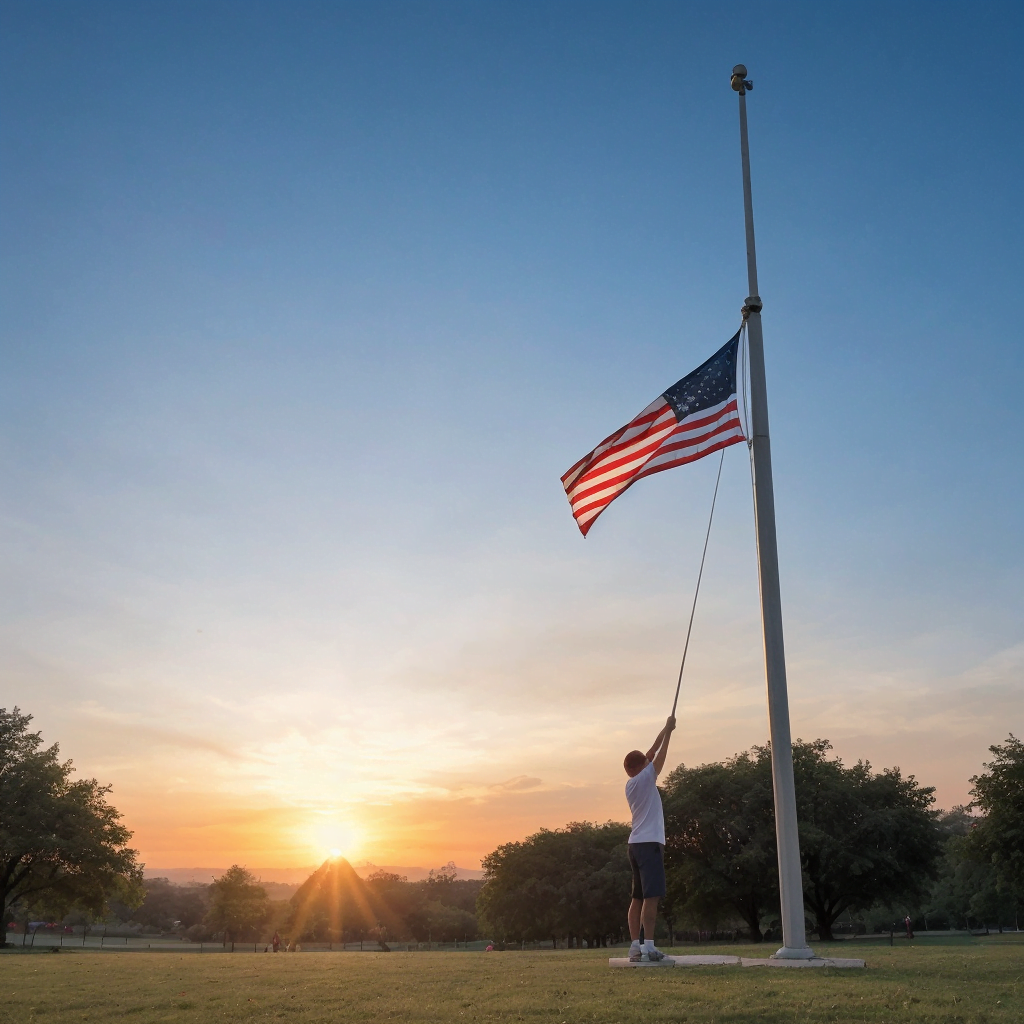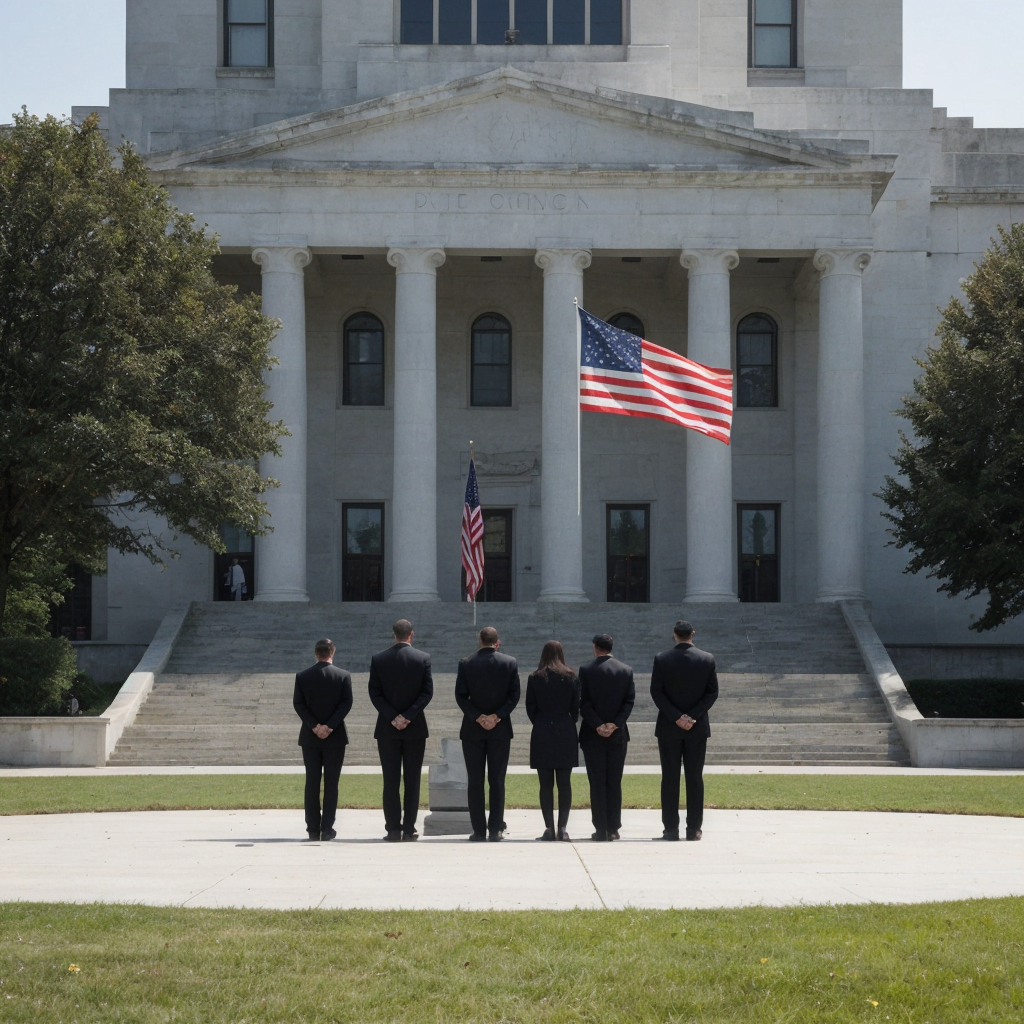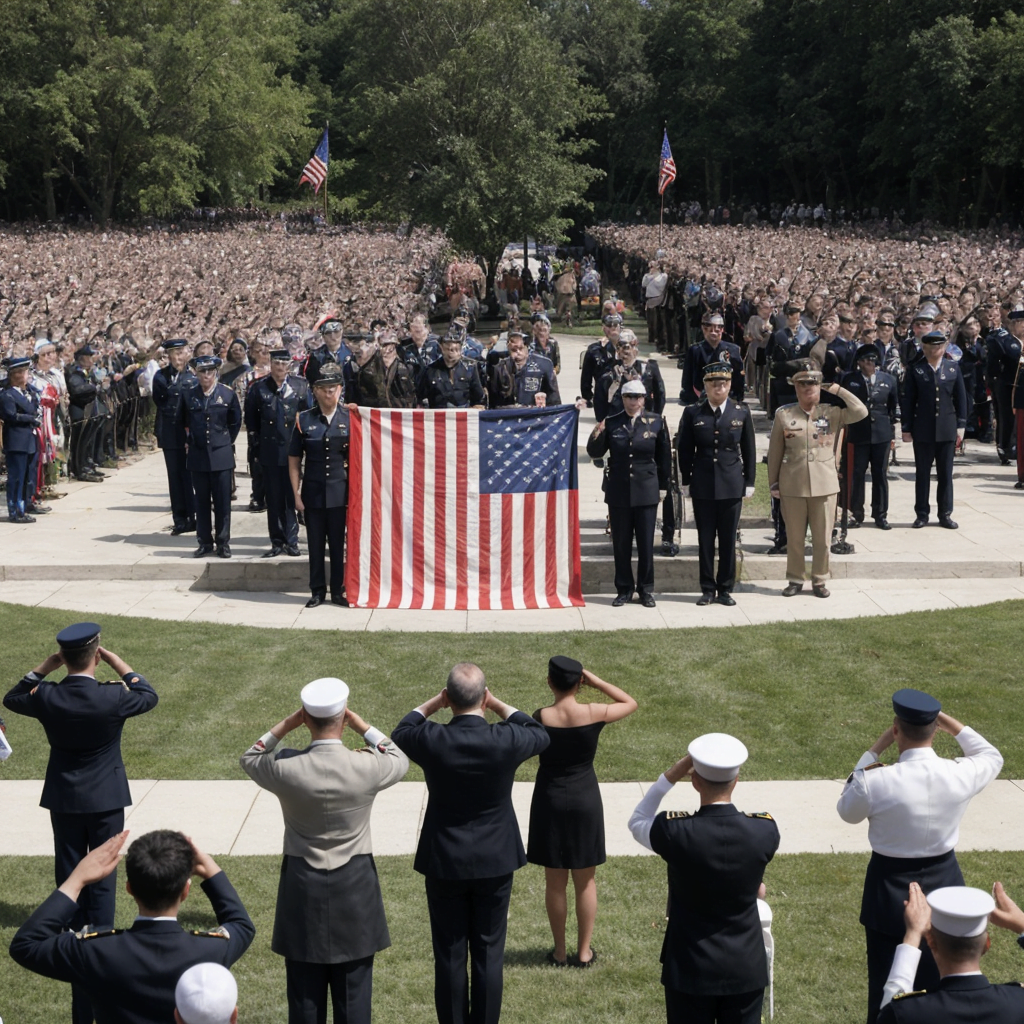THE NEXT FLAG HALF MAST IS:
FEDERAL
May 27: Memorial Day
In honor of those who lost their lives while defending our country
In honor of those who lost their lives while defending our country
The next federal half staff
Based on sunrise on the east coast

Evening Ritual: The flag is traditionally lowered at sunset. If it must be displayed at night, it should be illuminated.
Ceremonial Lowering: When lowering the flag from half-staff, it is first hoisted to the peak for a moment and then lowered ceremoniously. This is to honor the nation before paying respect to the individual or event being commemorated.
Handling: The flag should never touch the ground or any object beneath it. It should be received by waiting hands and arms or properly folded.
Morning Ritual: The U.S. flag is traditionally raised at sunrise, though it can be raised at a convenient time in the morning. Ensure it’s done with respect and solemnity.
Hoisting the Flag: When raising the flag, it should be briskly hoisted to the top of the flagpole before being lowered to the half-staff position. This gesture is a sign of respect and honor to the nation and those being commemorated.
Position and Manner: The flag should be raised facing the east or the main direction of passage to ensure it is seen in its full glory. It should never be raised while bundled; it should unfurl freely as it is hoisted.

Significance: Flying the flag at half-staff is a sign of mourning or distress. It is a powerful symbol of respect, remembrance, or sorrow for a person or event.
Duration and Occasion: The period during which the flag is flown at half-staff can vary. It might be from sunrise to sunset or for several days, depending on the occasion or directive from the President or state governors.
Presidential Proclamation: The U.S. President can order the flag to be flown at half-staff nationwide in mourning of national figures or significant tragedies. State governors can also make similar proclamations within their jurisdictions.

